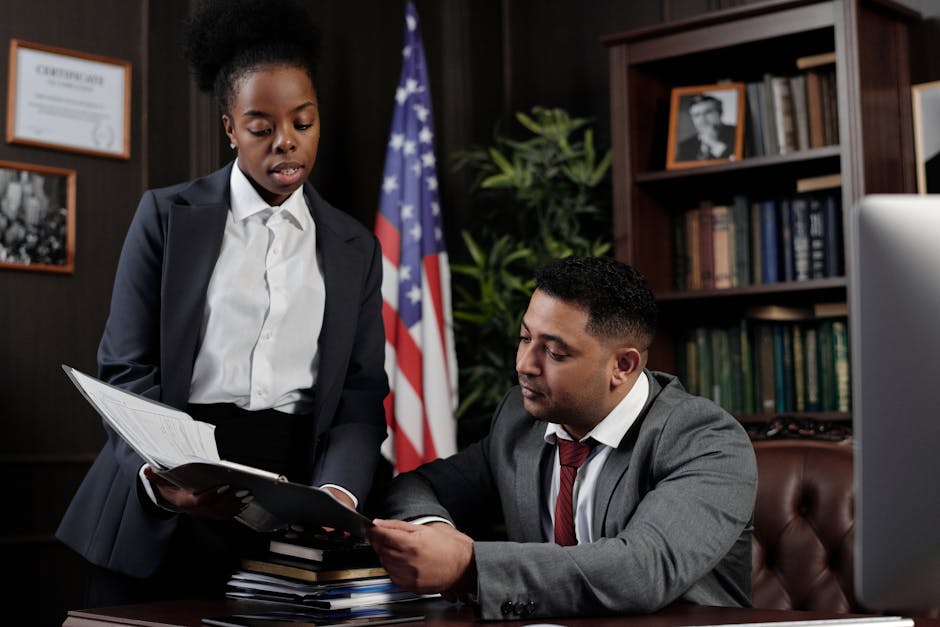 Gluten-Free Cooking: A Guide to Delicious and Healthy Recipes
Gluten-Free Cooking: A Guide to Delicious and Healthy Recipes
As the world becomes increasingly aware of the importance of a balanced diet, many people are turning to gluten-free cooking as a way to improve their overall health and wellbeing. Gluten, a protein found in certain grains such as wheat, barley, and rye, can cause a range of adverse reactions in some individuals, from mild discomfort to severe illness. For those who suffer from gluten intolerance or celiac disease, a gluten-free diet is often the only way to manage their condition. But what does this mean for the cook? Can you still create delicious and satisfying meals without gluten? The answer is a resounding yes.
In this guide, we’ll explore the world of gluten-free cooking, from the basics of gluten-free ingredients to advanced recipes and techniques. Whether you’re a seasoned cook or just starting out, this comprehensive guide will provide you with the tools and inspiration you need to create a wide range of gluten-free dishes that are not only delicious but also healthy and nutritious.
Gluten-Free Ingredients: What You Need to Know
Before we dive into the recipes, it’s essential to understand the basics of gluten-free cooking. The first step is to familiarize yourself with the ingredients you’ll be using. Gluten-free flours, such as rice flour, almond flour, and coconut flour, are staples in any gluten-free kitchen. These flours can be used to create a wide range of baked goods, from bread to cakes and cookies. You’ll also need to stock your pantry with gluten-free staples like quinoa, brown rice, and sweet potatoes.
Gluten-Free Grains: The Good, the Bad, and the Ugly
When it comes to gluten-free grains, it’s essential to be aware of the differences between good and bad options. Brown rice, quinoa, and sweet potatoes are all excellent sources of fiber and nutrients, making them excellent choices for a gluten-free diet. On the other hand, grains like wheat, barley, and rye contain gluten and should be avoided. Other grains like oats, while naturally gluten-free, can be contaminated with gluten during processing, making them a less desirable option.
Gluten-Free Baking: Tips and Tricks
Gluten-free baking can be a bit tricky, but with the right techniques and ingredients, you can create delicious and moist baked goods. One of the most important things to remember is to use the right ratio of gluten-free flours. A combination of rice flour, almond flour, and coconut flour works well for most baked goods. It’s also essential to use the right liquid-to-flour ratio and to not overmix your batter.
Gluten-Free Recipes: A World of Possibilities
Now that you have the basics down, it’s time to get cooking! Here are some delicious and easy-to-make gluten-free recipes to get you started:
1. Gluten-Free Banana Bread: Made with mashed bananas, gluten-free flours, and a hint of cinnamon, this moist and delicious bread is perfect for breakfast or a snack.
2. Quinoa Salad with Roasted Vegetables: This hearty salad is made with cooked quinoa, roasted vegetables like sweet potatoes and Brussels sprouts, and a tangy dressing.
3. Gluten-Free Chicken Parmesan: Breaded with gluten-free breadcrumbs and topped with melted mozzarella cheese, this chicken dish is a crowd-pleaser.
4. Gluten-Free Chocolate Chip Cookies: Made with gluten-free flours and dark chocolate chips, these chewy cookies are a treat for the whole family.
Conclusion
Gluten-free cooking is not only possible but also delicious and rewarding. With the right ingredients and techniques, you can create a wide range of gluten-free dishes that are not only healthy but also satisfying and delicious. Whether you’re cooking for yourself or for a crowd, gluten-free cooking offers endless possibilities and opportunities for creativity and experimentation. So why not give it a try? With this guide and a little practice, you’ll be well on your way to becoming a gluten-free cooking pro.
Overwhelmed by the Complexity of ? This May Help
Questions About You Must Know the Answers To